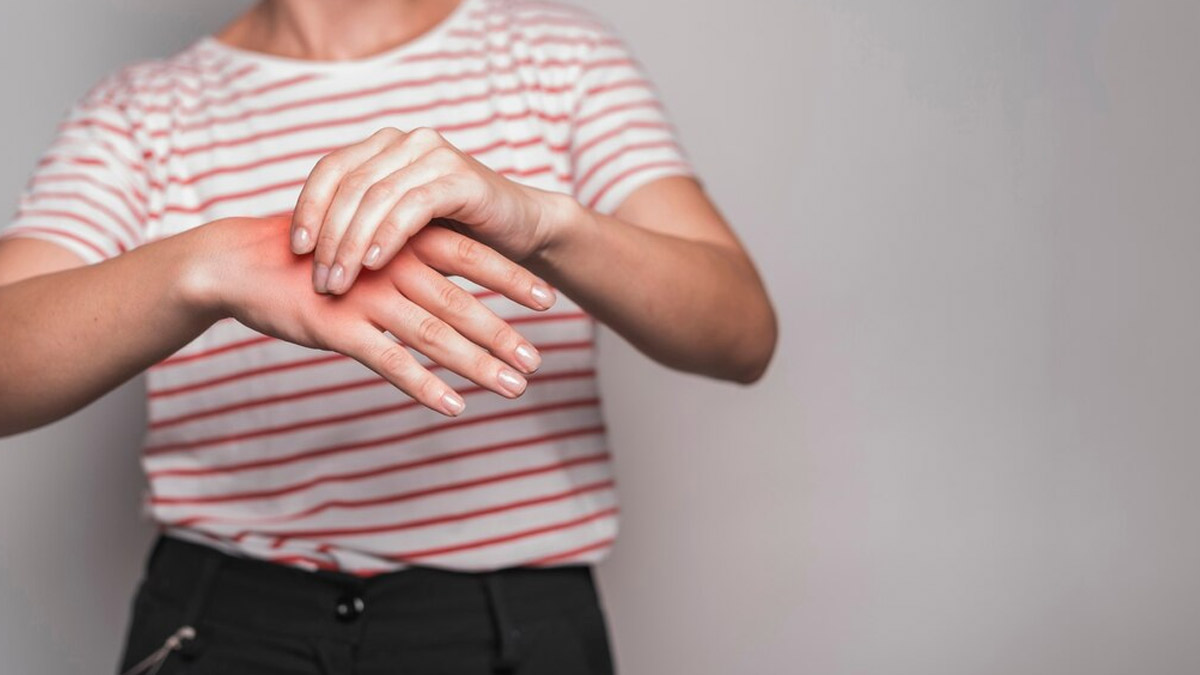
Arthritis, a chronic condition that causes inflammation and pain in the joints requires effective treatment. The good news is that along with medications, there are several other factors that can help alleviate the discomfort due to this condition. In this article, we list effective strategies that can help you in managing arthritis symptoms.
Table of Content:-
Ways to Manage Arthritis Symptoms Without Medication

Physical Activity and Exercise
According to the Centers For Disease Control and Prevention, consistent physical activity can provide relief from adult arthritis pain just as effectively as non-prescription medications. Mild physical activities like walking, swimming, or cycling can enhance joint flexibility and alleviate discomfort.
You can engage in range-of-motion exercises and strength training to help improve muscle support around the joints, providing better stability and protection.
Also Read: Rheumatoid Arthritis VS Osteoarthritis: Expert Explains The Difference Between The Two
Weight Management
It is important to maintain a healthy weight for arthritis management. This is because excess weight places added stress on the joints, particularly in weight-bearing areas like the knees, hips, and spine. Losing even a small amount of weight can lead to significant relief from arthritis symptoms.
A balanced diet, combined with regular exercise, can help you shed excess pounds and improve joint function. Consulting with a registered dietitian can provide valuable insights into making healthier food choices and managing your weight effectively.
Heat and Cold Therapy

Heat and cold therapy are simple yet effective ways to alleviate arthritis-related pain and inflammation. According to the Arthritis Foundation, heat enhances blood circulation to alleviate discomfort in joints, loosens tense muscles, and aids in the removal of metabolic waste products. Conversely, cold therapy reduces blood flow, thereby mitigating swelling, slowing down the transmission of pain signals via nerves, and suppressing the release of inflammatory compounds.
Also Read: Hot Vs Cold Pack: Expert Explains Which One To Use And When
Assistive Devices
Devices, such as canes, splints, and braces can provide support and reduce strain on affected joints. Also, ergonomic tools and utensils can help make everyday tasks easier and less painful.
Moreover, you can consider modifications to your home environment, such as installing handrails and ramps, to enhance accessibility and reduce the risk of falls and injuries.
Physical Therapy

A physical therapist can design a personalised treatment plan that includes exercises and techniques to improve joint mobility, strength, and flexibility. They can also provide guidance on proper body mechanics to prevent further damage to the joints.
Mind-Body Techniques
Stress can exacerbate arthritis symptoms and pain. Mind-body techniques, such as meditation, deep breathing exercises, and progressive muscle relaxation can help manage stress and improve overall well-being. Yoga and tai chi, in particular, combine physical activity with relaxation and mindfulness, offering benefits for both the body and mind.
By practising these techniques regularly, individuals with arthritis can enhance their ability to cope with pain and reduce stress-related inflammation.
Acupuncture and Massage
Complementary therapies like acupuncture and massage can provide relief from arthritis symptoms. Acupuncture involves the insertion of fine needles into specific points of the body, which may help reduce pain and inflammation. Massage therapy can improve blood circulation, reduce muscle tension, and promote relaxation, all of which can alleviate arthritis-related discomfort.
[Disclaimer: This article contains information for informational purposes only, Hence, we advise you to consult your expert if you notice any complications.]
Also watch this video
Read Next
Tired Of Visiting Dentists Too often? Here Are Natural Ways You Can Say Goodbye To The Pain
How we keep this article up to date:
We work with experts and keep a close eye on the latest in health and wellness. Whenever there is a new research or helpful information, we update our articles with accurate and useful advice.
Current Version